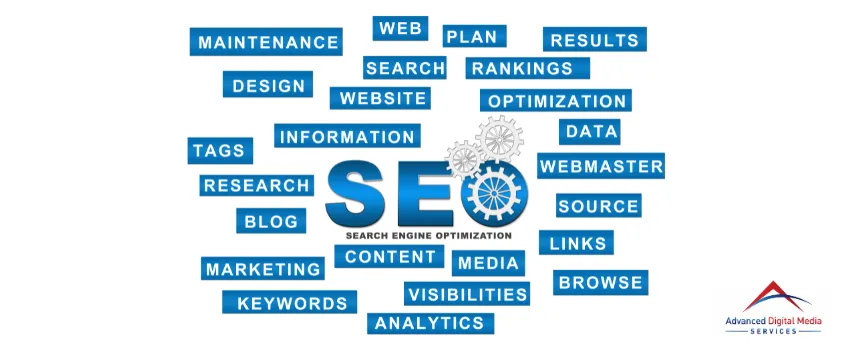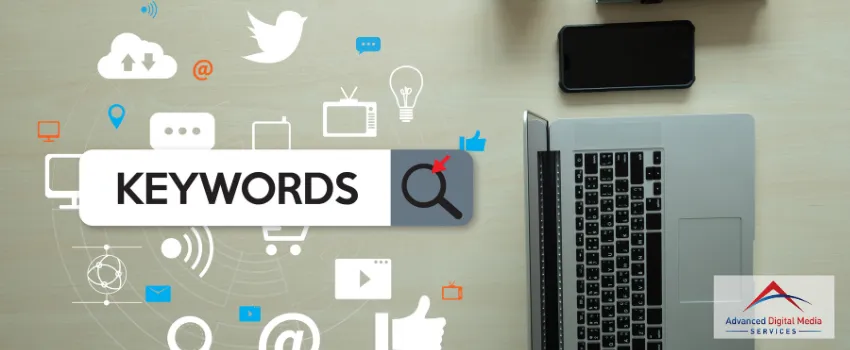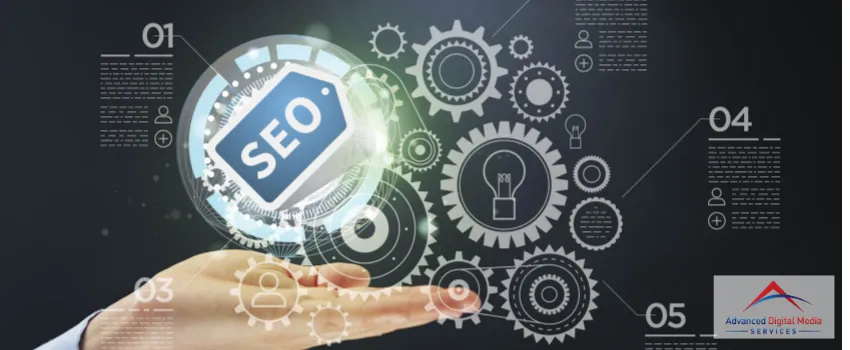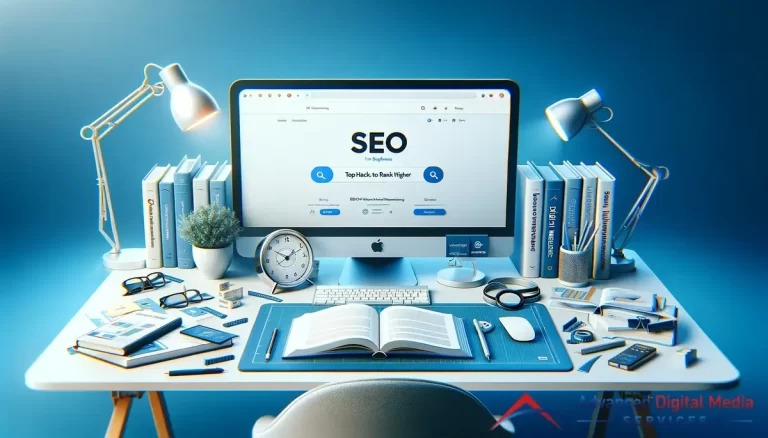Every detail counts in the vast, intricate world of Search Engine Optimization (SEO). Among these details is the H1 tag — a critical component often overlooked yet powerful enough to influence a website’s search engine rankings. While the tag itself may seem simple, it sets the tone and context for what the rest of the page discusses.
However, using the H1 tag effectively goes beyond inserting it into your webpage’s code. Advanced techniques and best practices can maximize its potential, optimizing not just for search engines but also for the user experience.
This article dives deep into the nuances of H1 tags in SEO, uncovering their profound impact on optimization. You’ll also learn advanced strategies to elevate your content to the next level.
Definition and Role of H1 Tags
The primary purpose of an H1 tag SEO is to provide a concise, informative title for the content on a webpage. It is usually the most prominent headline on a webpage and can be found in the HyperText Markup Language (HTML) code.
An H1 tag should contain relevant keywords related to the content and accurately reflect what readers will see when they access the page. It plays an essential role, allowing search engines to crawl and index pages based on their importance and relevance. Thus, incorporating H1 tags into SEO practices can improve rankings and increase traffic from organic searches.
How Do Heading Tags Affect SEO?

Heading tags are critical to a website’s structure and significantly improve user experience and engagement with the website. Here are some insights into the question, “How important is an H1 tag for SEO?”:
1. Search Engines and Content Structure
Structuring content with headings, such as H1 tags, is critical for optimizing search engines. By recognizing heading tags, search engine algorithms can better identify the page’s topic and its relationship to other webpages. Proper HTML formatting for headings helps search engines understand a given query’s content structure and relevance.
Additionally, it enhances content organization by providing clear visual cues on how topics are organized within a webpage. Utilizing header tags also allows web admins to provide more detailed information on their website’s hierarchy, which can improve its visibility in searches. Furthermore, including keywords in heading tags gives it additional relevance for targeted queries from users.
2. User Experience and Engagement
Organizing content with clear visual cues, such as headings, can enhance user experience and increase search engine visibility. The HTML headings (H1-H6) tags are a prominent feature for structuring a website’s content.
The H1 tag is the highest-level heading and is usually used to highlight the main topic of each page on a website. It effectively differentiates each page from other pages and helps users quickly identify what they are looking for.
Moreover, it assists search engines in understanding the structure of content on pages and helps them index pages correctly. Incorporating relevant keywords into these headings can further boost SEO performance and attract more visitors to the website.
3. Heading Tags in Featured Snippets and Voice Search
Using HTML headings on webpages can significantly optimize featured snippets and voice search results. Headings are an essential aspect of SEO optimization, providing structure and context to a page’s content.
When utilized correctly, heading tags ensure search engine algorithms accurately identify the most relevant information for a given query. This is especially true regarding featured snippets, as these pull from the header tags to determine what content is displayed first.
Similarly, voice searches rely on accurate header tags for the most relevant response. By strategically incorporating heading tags into their content, website owners improve their chances of appearing among the top results for featured snippets and voice search queries.
How to Optimize the H1 Tag for SEO

Optimizing the H1 tag for SEO can improves a website’s organic search rankings. To maximize its effectiveness, it is vital to follow these guidelines:
1. Keyword Relevance
Incorporating keyword relevance into the content of an H1 tag can be a powerful SEO optimization technique. Keyword relevance is when words used in the page title, description, body content, and meta tags are related.
Utilizing relevant keywords within an H1 tag allows search engine spiders to quickly identify what the webpage is about. As a result, this practice can provide more targeted traffic to the website. Having keywords that accurately describe the content helps search engines index it correctly and increases the chances of ranking higher in organic search results.
On top of that, optimizing an H1 tag with relevant words can improve click-through rates (CTR), further supporting SEO efforts. When crafting an H1 tag for SEO purposes, keyword density and relevancy must be considered.
2. Length and Clarity
Keyword relevance is imperative in SEO optimization; however, other factors are equally essential. One of these is the length and clarity of a page’s H1 tag. A well-crafted H1 should be concise and clear, giving readers an accurate summary of the content within a few words.
It should also be at most 65 characters, as more extended tags may result in search engines truncating or ignoring the text altogether. Moreover, keywords relevant to the tag’s topic must be included to increase its visibility and improve rankings on search engine result pages (SERPs).
3. Consistency With Title Tags
Maintaining consistency between the H1 and title tags is fundamental to SEO optimization. It can help search engine crawlers better understand the structure and content within a webpage and improve indexing accuracy.
For users, it can also provide a better experience by ensuring the title tag matches what they encounter when skimming through the text on a website. Furthermore, having consistent titles also helps to reinforce brand identity. Users become familiar with how titles are presented across all webpages associated with a particular company or website.
However, if multiple pages on a website have inconsistent H1 tags and title tags, this could confuse search engines and human readers alike. As such, ensuring consistency between these two elements is needed for successful SEO optimization.
4. Use of Single H1 tags
When it comes to creating effective SEO optimization, the use of single H1 tags is pivotal. This type of tag should be used sparingly and with consideration for what content is being highlighted, as too many H1 tags can be detrimental.
The best practice is to create a unique H1 tag for each page that accurately reflects the content topic. Doing so allows search engine crawlers to identify quickly and assess the relevance of each page with specific keywords.
Advanced Techniques for Optimizing H1 Tags

When optimizing an H1 tag for SEO, here are some advanced techniques to consider:
1. Use power words for increased engagement.
Using power words in content can captivate readers and enhance engagement. Power words evoke emotion, such as fear, anger, or excitement. These words can be used strategically within H1 tags to create a more engaging headline for the viewer. When used correctly, these power words can draw attention to the article’s content and compel readers to click.
Additionally, using power words allows search engine algorithms to recognize the article’s topic better and rank it higher in search results pages. Furthermore, by utilizing power words in H1 tags, writers can give their titles extra energy and emphasis to make them stand out.
2. Incorporate secondary keywords for semantic relevance.
Incorporating secondary keywords or synonyms into headers can provide additional semantic relevance for search engine algorithms. This technique is used to ensure that the content of an article is accurately represented in the HTML header tags.
It helps increase visibility by enabling search engines to understand better and rank the page accordingly. In addition, adding a mix of related terms can help broaden the organic reach and attract more visitors to the website.
Synonyms are handy when dealing with topics with multiple perspectives on a particular issue since they ensure all aspects are covered in one post. Moreover, combining primary and secondary keywords offers better chances of getting found in SERPs.
3. Adapt H1 tags for voice search optimization.
Another strategy to increase the visibility of a website is adapting H1 tags for voice search optimization. It involves tailoring the content to respond accurately and relevantly to voice queries and considering user intent when structuring content.
The first step is ensuring the keywords chosen are relevant and reflect user intent. Additionally, using conversational language with natural phrasing helps make results more accurate for users searching through voice commands. There should also be only one H1 tag per page and contain the main keyword of focus for that page.
4. Test and tweak H1 tags for improved CTR.
Measuring the success of an H1 tag requires testing and tweaking to improve its CTR. The H1 tag is a primary indicator used in SEO and should be written using target keywords relevant to the page’s content. Testing different combinations of words can significantly affect how well it performs regarding attracting clicks from organic search results.
CTR rates should be monitored continuously as tests are conducted so that adjustments can be made for maximum effect. Factors such as font size, length of tag lines, keyword placement, colors, and styling also improve CTR. Additionally, analytics tools like Google Search Console can provide valuable data about which phrases resonate more with readers and increase engagement.
5. Utilize schema markup.
The potential for improved CTR through testing and tweaking H1 tags is well-established. However, other techniques can be used to help with search engine optimization.
One of these is schema markup, which provides additional contextual information to search engines that can enhance a website or page’s discoverability and visibility.
Schema markup allows search engine crawlers to better understand the content by providing further detail about what the website or page contains. This enables better indexing by search engines, which, in turn, helps improve rankings in results pages.
Common Mistakes to Avoid

When it comes to optimizing H1 tags, some common mistakes should be avoided, such as the following:
1. Duplicate H1 tags across multiple pages.
Using duplicate H1 tags across multiple pages can harm SEO optimization, resulting in significant losses for search engine rankings. Search engines use relevant and unique H1 tags to determine the main topic of a page.
Duplicate H1 tags will need to be clarified for search engine algorithms, making it difficult for them to identify the main subject of each page. Furthermore, duplicate H1 tags can also lead to poor keyword optimization as it could prevent effective targeting of relevant keywords on different pages.
2. Over-optimization leading to spammy appearances.
Over-optimizing content can lead to spammy appearances that negatively affect SEO performance. H1 tags are an essential factor in SEO optimization. Still, when they are overused or not used correctly, it can lead to a website appearing as “spammy” in SERPs.
To avoid this problem, website owners should limit their use of H1 tags to only one per page. They should also check that each tag accurately describes the content on the page. Further, they should ensure that their content does not contain other over-optimization forms, such as excessive keyword usage or unnatural backlinks.
3. Neglecting the coherence between H1 tags and the content body.
When it comes to SEO optimization, establishing coherence between the H1 tag and the content body is necessary. Over-optimizing an H1 tag can lead to a spammy appearance, but paying attention to this link between the two elements can be just as detrimental.
If the H1 tag accurately reflects what is presented in the content body, readers may be able to continue reading. Additionally, search engines may also recognize this inconsistency and penalize rankings as a result.
4. Using generic or vague H1 tags without specificity.
Generic or vague H1 tags can damage SEO optimization, as it fails to communicate an accurate message to readers and search engines. Basic H1 tags need more specificity and do not provide enough information for the reader or search engine robots to understand the page’s content.
This means that the potential audience may be unable to easily identify the page’s purpose or quickly find relevant content that answers their query. As a result, this could lead to low web traffic, poor rankings in SERPs, and decreased conversions.
Key Takeaway
In today’s digital age, effectively leveraging H1 tags in SEO is imperative for those striving for prominence in the vast sea of online content. As you embark or continue on your SEO journey, may the insights shared in this blog serve as a compass, guiding you towards optimization success.
Enhance your SEO game with Advanced Digital Media Services.
Want to harness the full potential of the H1 tag in SEO optimization? It’s all about the right techniques and strategies.
Don’t navigate the digital landscape alone; team up with the expertise of an established digital marketing company like Advanced Digital Media Services. As a top-performing Denver SEO company, we’ll ignite your online growth. Call us today, and watch your website soar in rankings!





